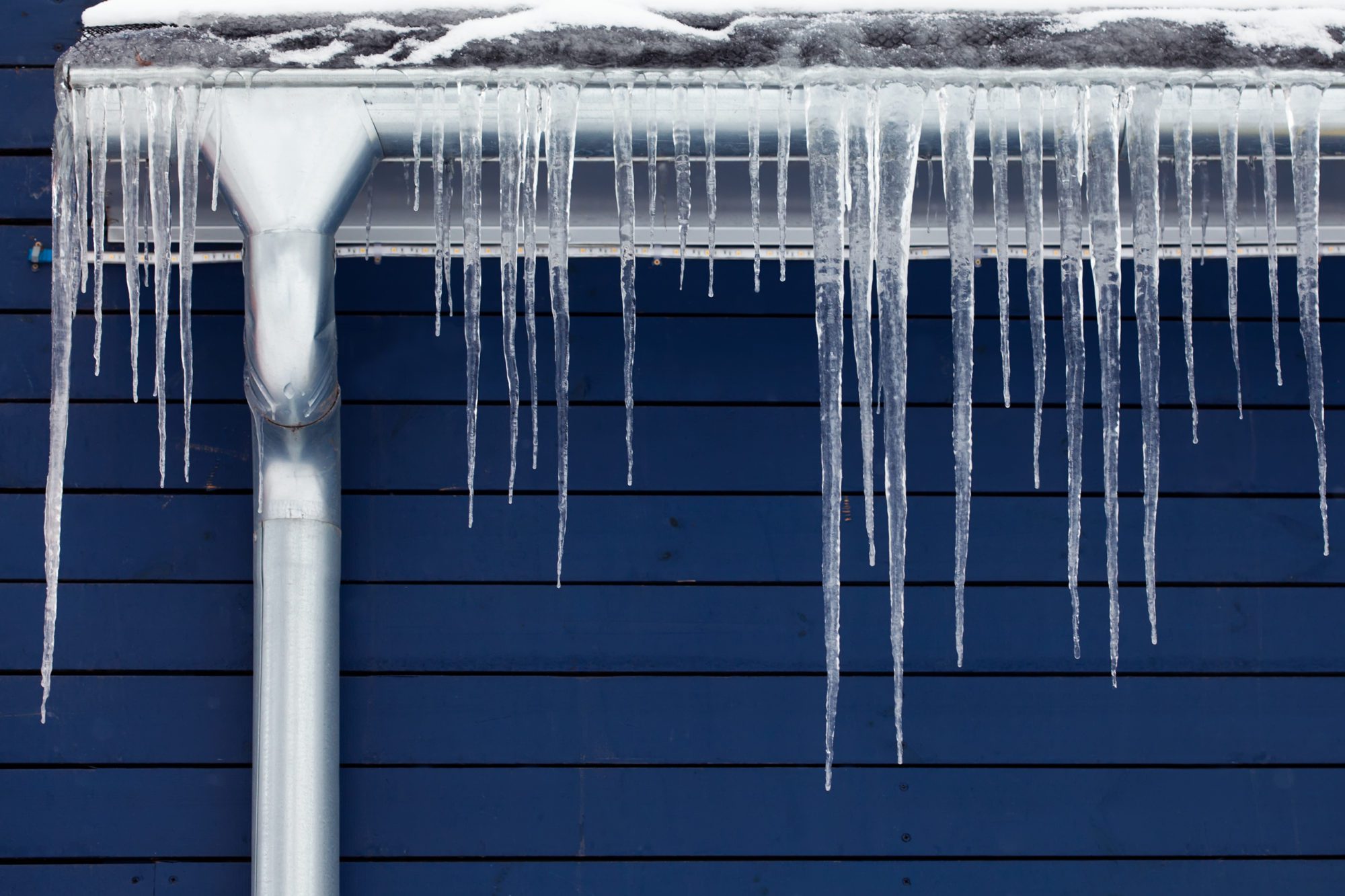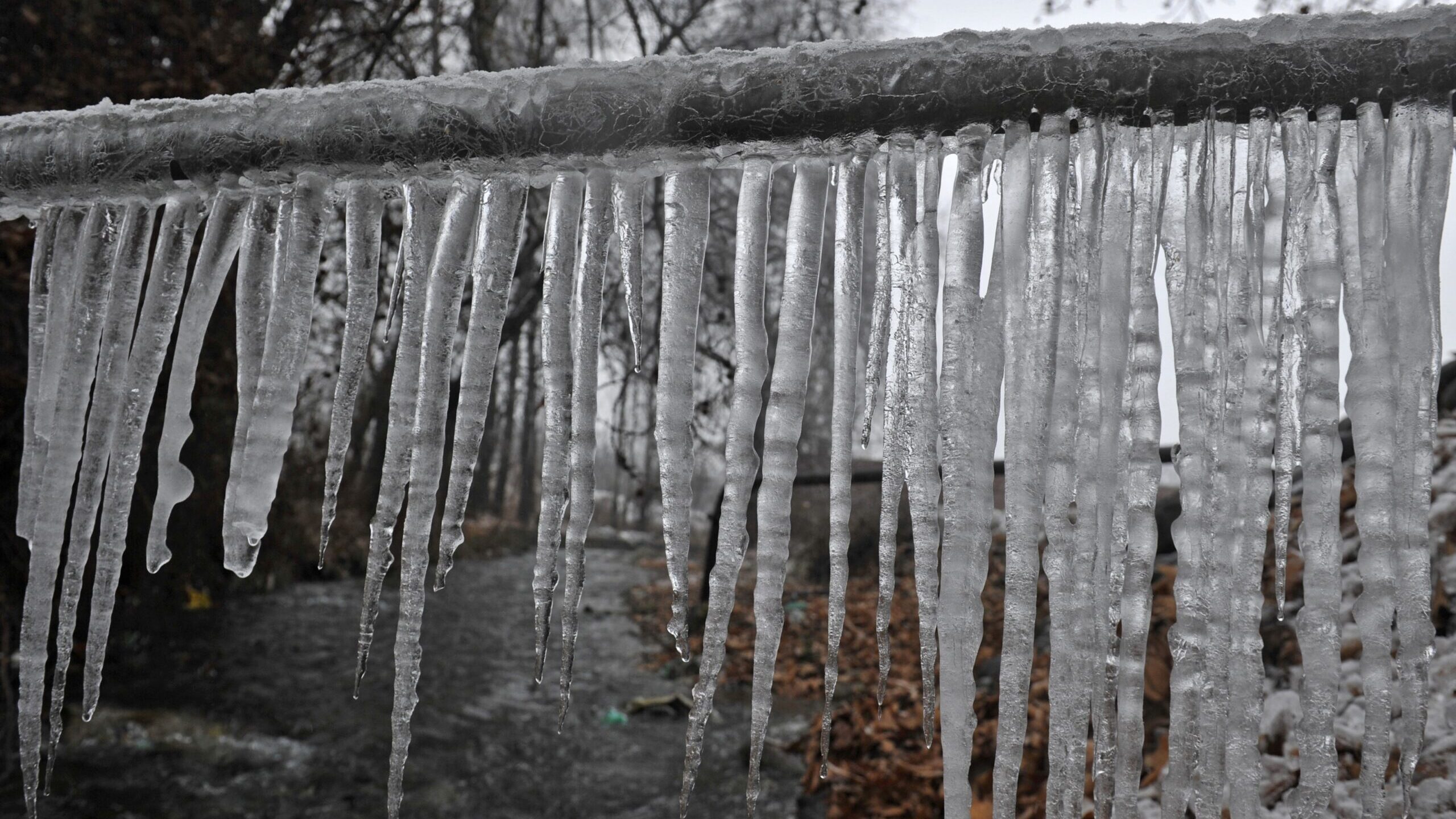Key Methods for Avoiding Frozen Pipes in Winter
Key Methods for Avoiding Frozen Pipes in Winter
Blog Article
We've discovered this post on Winter Plumbing Precautions: Preventing Frozen Pipes listed below on the net and thought it made perfect sense to relate it with you here.

Cold weather can wreak havoc on your pipes, particularly by freezing pipelines. Here's how to avoid it from occurring and what to do if it does.
Introduction
As temperatures drop, the risk of frozen pipelines boosts, potentially bring about expensive repairs and water damage. Understanding exactly how to avoid frozen pipes is vital for property owners in cool climates.
Understanding Icy Pipes
What creates pipes to freeze?
Pipes ice up when subjected to temperature levels listed below 32 ° F (0 ° C) for prolonged durations. As water inside the pipes freezes, it increases, putting pressure on the pipe wall surfaces and possibly triggering them to burst.
Threats and damages
Icy pipes can result in water system interruptions, property damage, and costly repair work. Burst pipelines can flooding homes and trigger considerable architectural damages.
Indicators of Frozen Pipes
Recognizing frozen pipelines early can stop them from rupturing.
Exactly how to determine icy pipes
Seek decreased water flow from faucets, unusual smells or noises from pipelines, and noticeable frost on exposed pipes.
Avoidance Tips
Insulating prone pipelines
Wrap pipes in insulation sleeves or make use of warmth tape to safeguard them from freezing temperature levels. Focus on pipelines in unheated or outside locations of the home.
Heating methods
Maintain indoor spaces appropriately heated, particularly locations with pipes. Open up closet doors to permit cozy air to circulate around pipelines under sinks.
Protecting Outdoor Plumbing
Garden hoses and outdoor faucets
Disconnect and drain garden hose pipes before winter. Install frost-proof spigots or cover exterior taps with shielded caps.
What to Do If Your Pipes Freeze
Immediate actions to take
If you suspect icy pipelines, keep faucets available to soothe pressure as the ice thaws. Make use of a hairdryer or towels taken in warm water to thaw pipes slowly.
Long-Term Solutions
Architectural changes
Think about rerouting pipes far from exterior wall surfaces or unheated areas. Include additional insulation to attic rooms, basements, and crawl spaces.
Upgrading insulation
Buy high-quality insulation for pipelines, attics, and walls. Correct insulation assists keep consistent temperature levels and lowers the risk of icy pipelines.
Final thought
Stopping frozen pipes calls for proactive procedures and fast feedbacks. By recognizing the causes, indications, and safety nets, property owners can shield their pipes during cold weather.
5 Ways to Prevent Frozen Pipes
Drain Outdoor Faucets and Disconnect Hoses
First, close the shut-off valve that controls the flow of water in the pipe to your outdoor faucet. Then, head outside to disconnect and drain your hose and open the outdoor faucet to allow the water to completely drain out of the line. Turn off the faucet when done. Finally, head back to the shut-off valve and drain the remaining water inside the pipe into a bucket or container. Additionally, if you have a home irrigation system, you should consider hiring an expert to clear the system of water each year.
Insulate Pipes
One of the best and most cost-effective methods for preventing frozen water pipes is to wrap your pipes with insulation. This is especially important for areas in your home that aren’t exposed to heat, such as an attic. We suggest using foam sleeves, which can typically be found at your local hardware store.
Keep Heat Running at 65
Your pipes are located inside your walls, and the temperature there is much colder than the rest of the house. To prevent your pipes from freezing, The Insurance Information Institute suggests that you keep your home heated to at least 65 degrees, even when traveling. You may want to invest in smart devices that can keep an eye on the temperature in your home while you’re away.
Leave Water Dripping
Moving water — even a small trickle — can prevent ice from forming inside your pipes. When freezing temps are imminent, start a drip of water from all faucets that serve exposed pipes. Leaving a few faucets running will also help relieve pressure inside the pipes and help prevent a rupture if the water inside freezes.
Open Cupboard Doors
Warm your kitchen and bathroom pipes by opening cupboards and vanities. You should also leave your interior doors ajar to help warm air circulate evenly throughout your home.

I was made aware of that write-up about Helpful Tips to Prevent Frozen Pipes this Winter through an associate on a different site. Make sure you take a moment to share this article if you appreciated it. Thank-you for going through it.
Apply Now Report this page